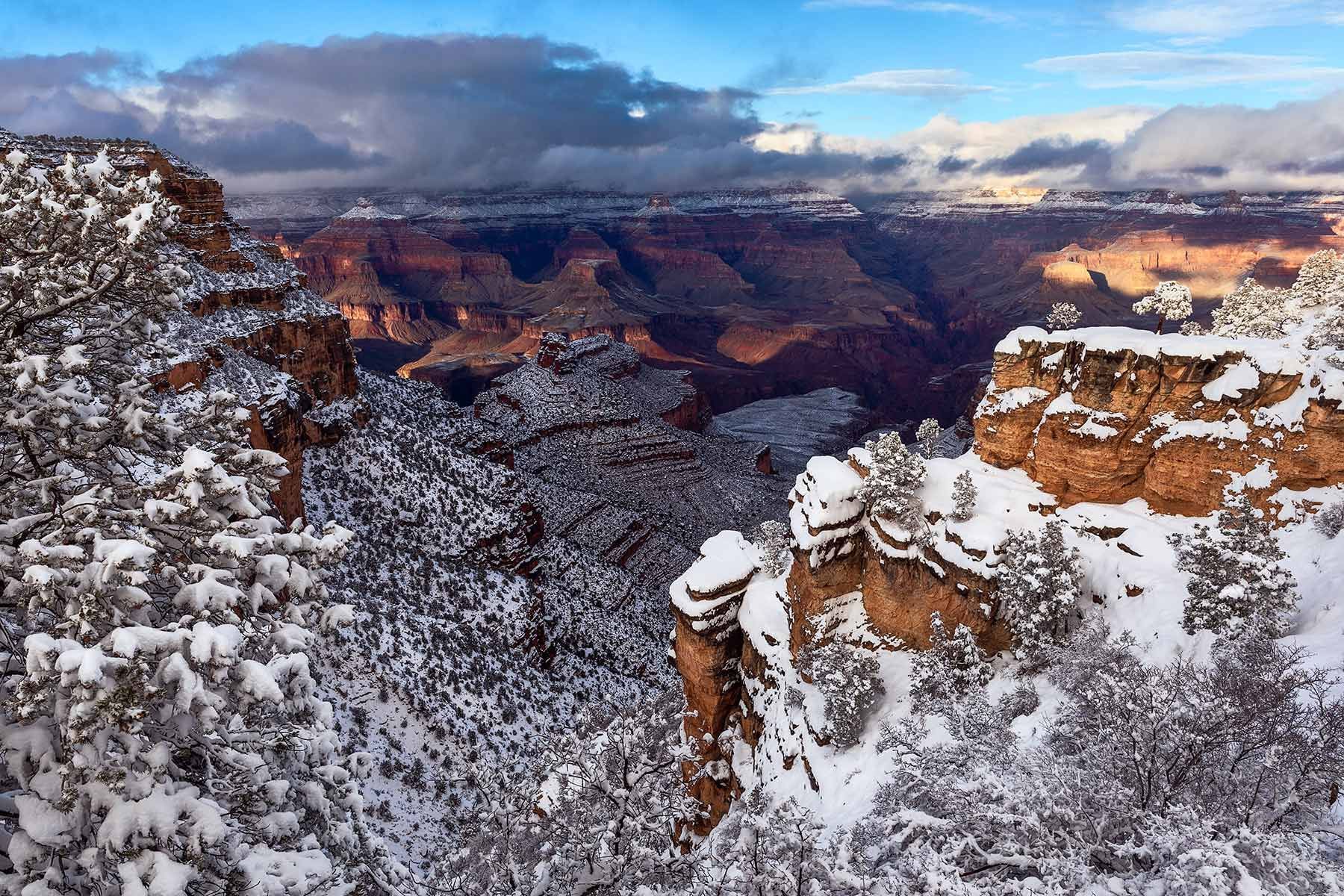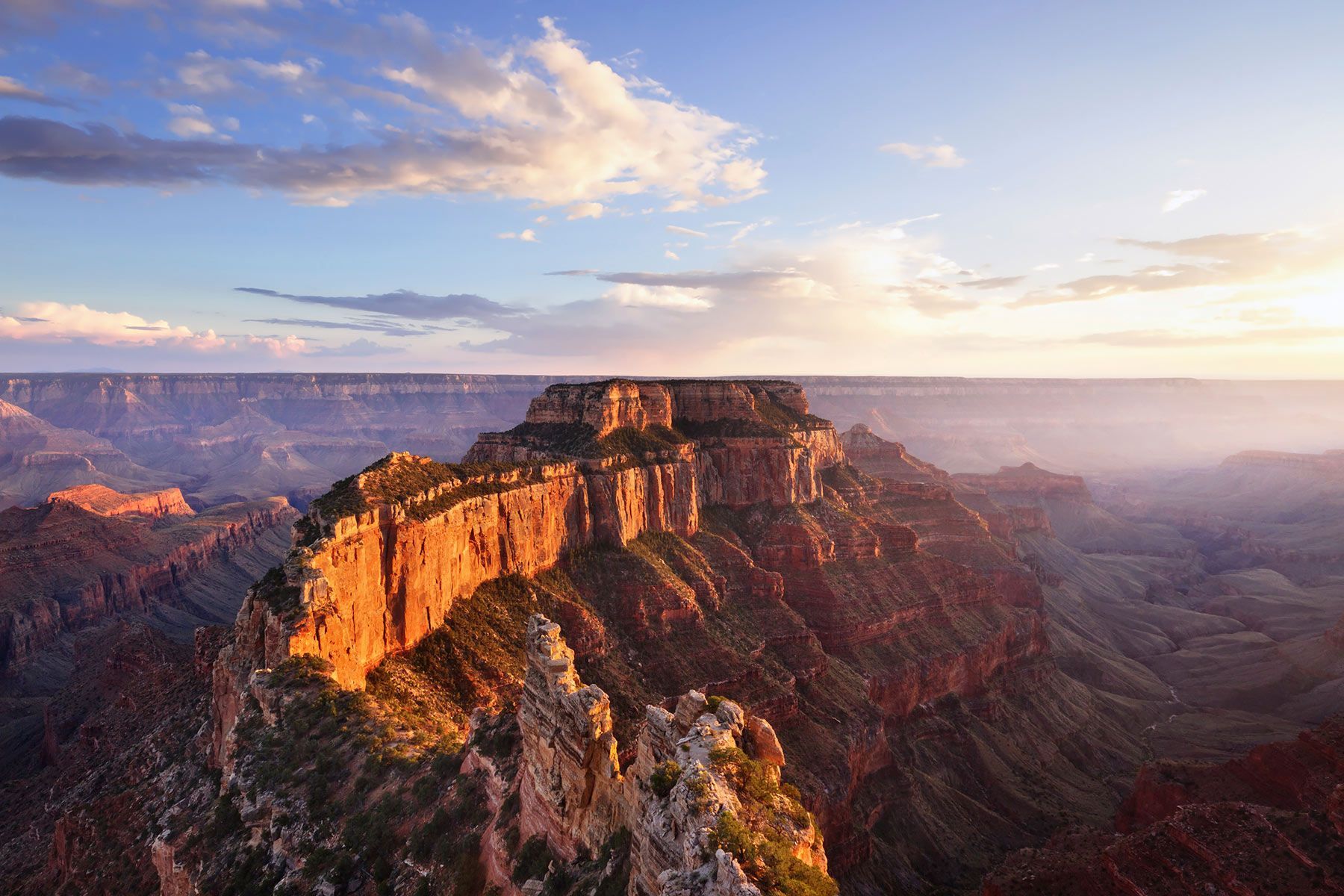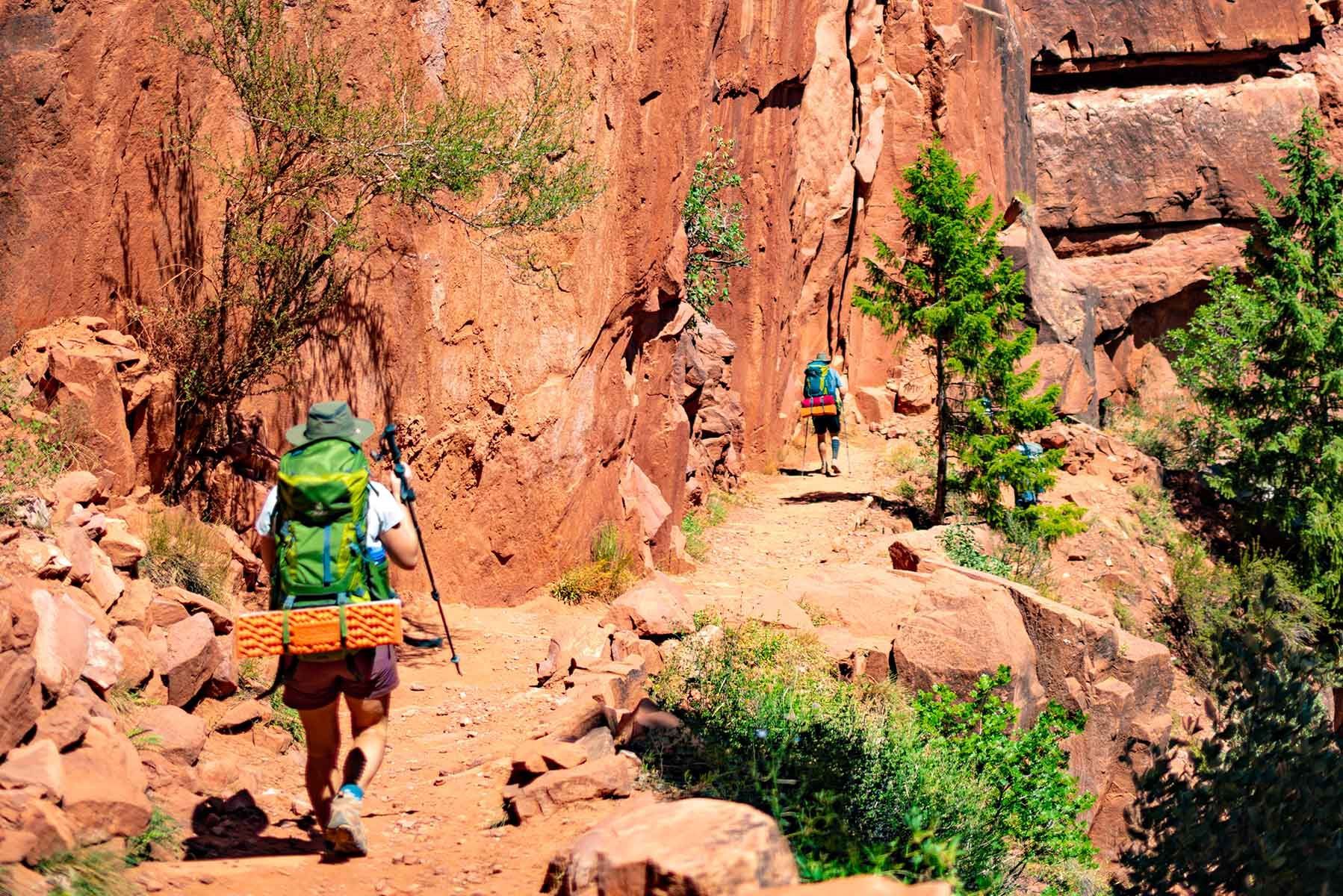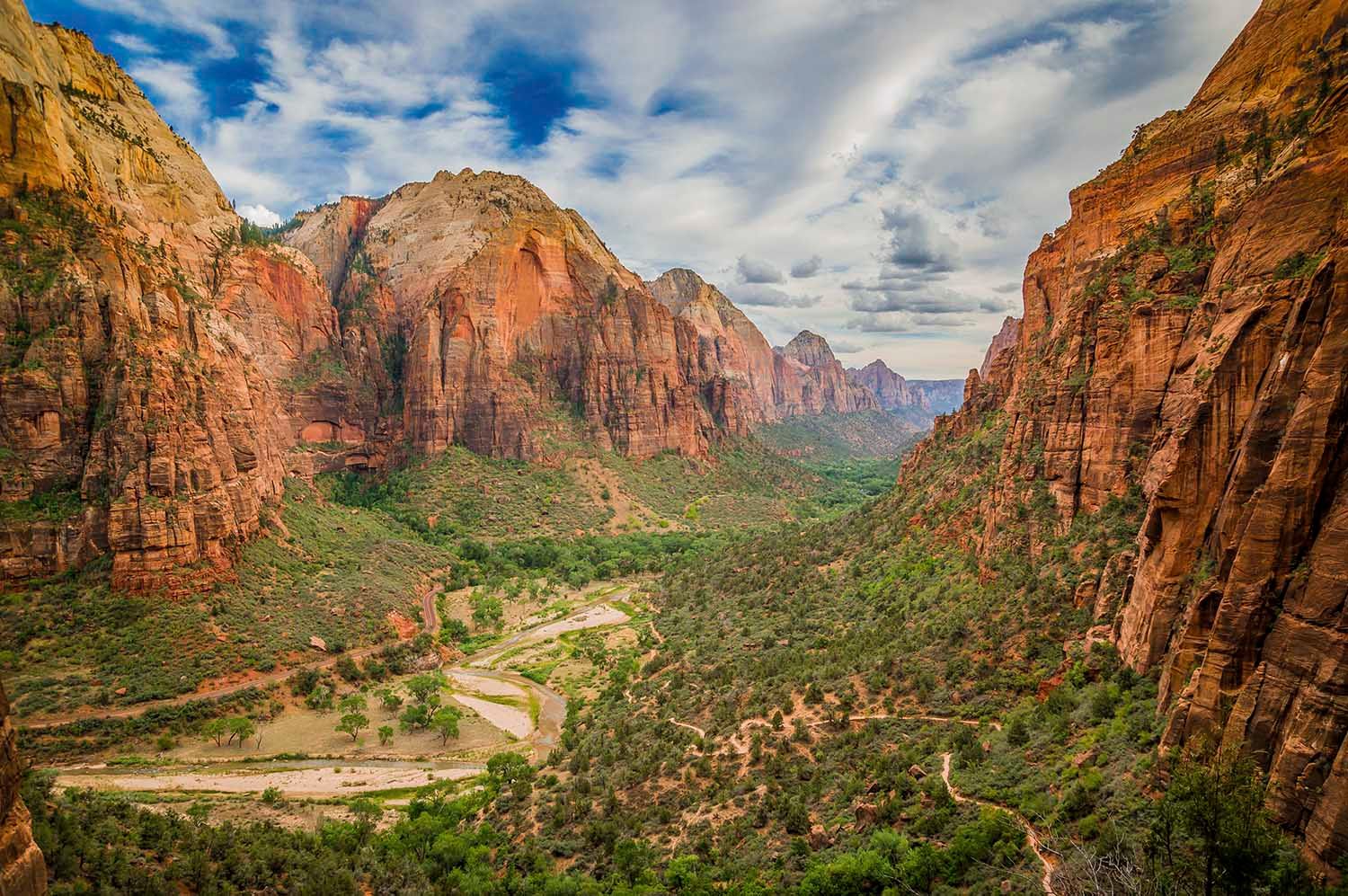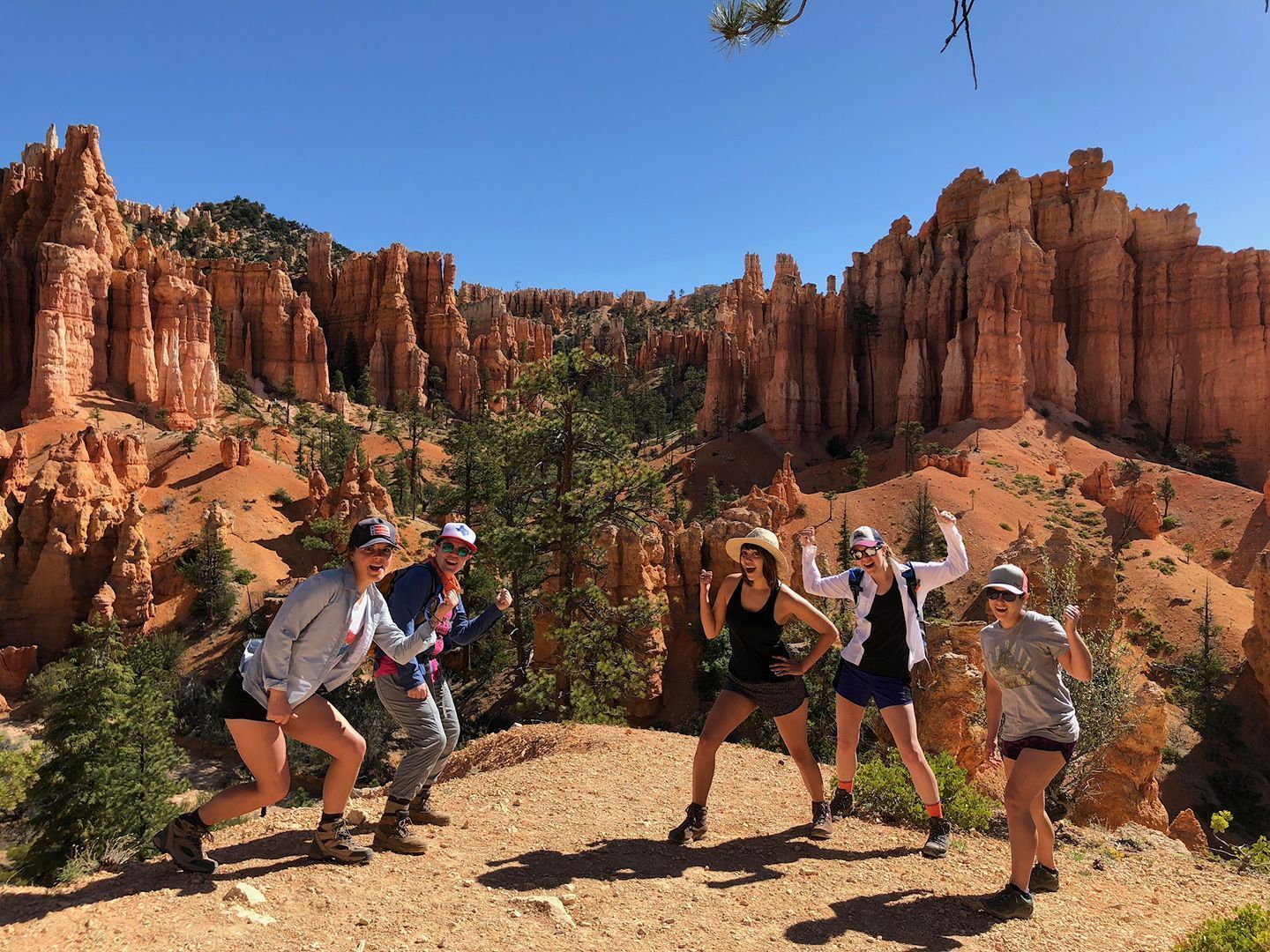Backpacking Adventures In Winter, Part 2: Gear & Other Essentials
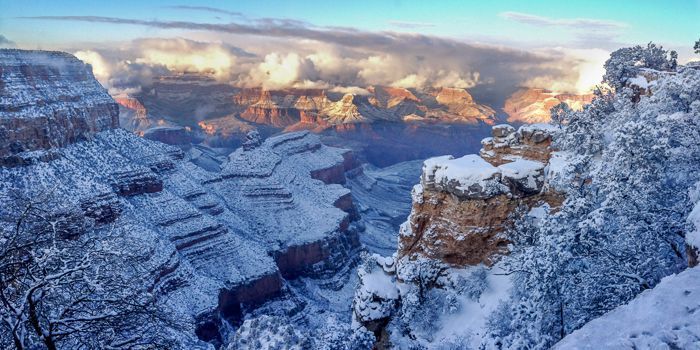
Key Takeaways
- Choose the right shelter for winter backpacking — Opt for a 4-season tent if facing snow or strong winds; otherwise, a ventilated 3-season tent with a roomy vestibule ensures comfort and dryness on long, cold nights.
- Size up your backpack — Winter backpacking requires extra space for bulkier gear, warm clothing, and additional fuel; aim for a 65L (4000 cubic inch) pack lined with a trash bag for waterproof protection.
- Invest in a proper sleeping setup — A high-quality sleeping bag rated 10–15°F below expected lows and a well-insulated sleeping pad combination will keep you warm and rested through freezing nights.
- Fuel your body efficiently — Eat calorie-dense, hot meals rich in fats and stay hydrated, even when cold, to maintain energy and body warmth during winter treks.
- Plan and prepare for safety and comfort — Bring backup batteries, entertainment for long nights, and pick a sheltered, south-facing campsite to maximize warmth and sunlight exposure.
- Quality gear equals quality experience — Reliable, winter-rated backpacking gear transforms cold challenges into memorable adventures filled with peace, solitude, and snow-dusted beauty.
Backpacking adventures in the winter months can be not only fun, but very rewarding. Most popular backcountry areas are free of the peak-season crowds leaving you to experience these fabulous destinations in peace, quiet, and exquisite solitude. For example, the Grand Canyon in winter offers incredible solitude and crisp, snow-dusted views. And despite the short days and longer, chilly nights, with proper planning and the right clothing and equipment, you can experience the great outdoors in great comfort.
We covered clothing in Part 1. Now it’s time for gear and other essentials. Again, staying warm and dry is the name of the game so let’s see what we need to accomplish this.
Tents- Backpacking tents tend to come in two main varieties: 3-season and 4-season. If you’ll be experiencing real cold (temperatures below about 10˚F) and considerable snow and/or wind then the 4-season tent is the best choice. Otherwise, a quality 3-season tent will certainly do the job. A roomy vestibule is a great feature as it will allow room for your boots and backpacks to stay out of the elements.
If pack weight is less important than having ample space, then consider a 3-person tent for 2 people. With all the extra clothing and ‘stuff’, you’ll be much happier in a roomier tent. A little extra elbow room is nice, especially on long nights! Finally, be sure it has adequate ventilation to help limit the build-up of condensation inside.
Backpacks- Winter camping means more clothing, food, and fuel. Cold weather clothing and sleeping bags tend to be bulkier so they’ll take up more space. Therefore, a bigger backpack will be needed. You’ll want something about 4000 cubic inches (65 liters) or larger.
Pack covers are nice for keeping your pack dry but consider lining the entire inside of your pack with a large contractor trash bag to ensure everything stays dry. It works better and costs less than a pack cover.
Sleeping Bags- Don’t skimp here! Nights are long and can be cold so you’ll want a good quality bag. Get a sleeping bag that’s rated at least 10 to 15 degrees lower than the coldest temps you expect to encounter. Keep in mind that sleeping bags tend to lose their warmth with extended use so that old 15 degree bag might only be good to about 30 degrees these days. Down sleeping bags will always offer a better warmth to weight ratio than synthetic fill but you’ll pay top dollar for that benefit.
Newer sleeping bags often have a water-resistant exterior which is an important factor since condensation can be a real issue when camping in winter.
Sleeping Pads- You’ll need plenty of insulation between you and that frosty ground or you’re going to freeze. Air mattresses are all the rage these days and offer excellent insulation and comfort. Add a ¾ length closed-cell foam pad (it weighs nothing!) into the mix for sitting on around camp. It offers an emergency backup if your inflatable gets punctured.
Helpful Hints:
- Hot and hearty meals are the flavor of each day! Your body will need plenty of fuel and hot meals will warm you from the inside out. Cheese and butter hold up well in the cold and provide slow-burning fats to keep you toasty through the night. Soups are fantastic appetizers to warm you up. Try miso or chicken noodle for quick and easy warm-ups!
- Drink water!!! It’s too easy to brush this aside when it’s cold outside but hydration is just as important in winter as it is in warmer months. Dehydration contributes to fatigue and prevents your body from performing well and keeping you warm. I know it’s hard drink when you’re water is cold, but it’s very important.
- Make sure your headlamp has new batteries and some backups. Long nights mean you’ll be keeping the lamp lit longer.
- Bring a book or a fun travel game for evening entertainment through those long nights.
- Just like with your clothing, don’t be cheap! Spend the extra money to get high-quality gear designed for winter conditions.
- Try filling your water bottle with hot water before going to bed. Slip it inside your sleeping bag for a nice little heater to keep you toasty. Make sure the lid is fastened tight!
- Choose your campsite wisely. Avoid valley bottoms and large meadows where cold air tends to settle. Consider a spot that offers shelter from wind. And a south facing view will see the sun earlier in the morning (assuming you’re in the northern hemisphere).
With the right gear, winter backpacking transforms from a cold-weather challenge into an incredibly rewarding adventure. The quiet beauty of snow-dusted trails, the crisp air, and the sense of solitude are worth every ounce of preparation. Invest in quality equipment, test it before you head out, and take the time to plan thoughtfully—your comfort and safety depend on it. When you’re properly equipped, winter becomes not an obstacle, but an invitation to experience the backcountry at its most serene and awe-inspiring.
Frequently Asked Questions
Discover how to stay safe, warm, and comfortable on your winter backpacking adventures with the right gear and preparation.
What type of tent is best for winter backpacking?
A 4-season tent is ideal if you expect extreme cold, heavy snow, or strong winds. For milder winter conditions, a sturdy 3-season tent with good ventilation and a roomy vestibule works well. Choose a slightly larger tent for extra space and comfort during long winter nights.
How big should my backpack be for a winter trip?
Winter backpacking requires more space for bulkier clothing, extra food, and fuel. A pack of at least 65 liters (around 4000 cubic inches) is recommended. Line the inside with a large contractor trash bag to keep everything dry—this is often more effective and affordable than a rain cover.
What temperature rating should my sleeping bag have for winter camping?
Select a sleeping bag rated at least 10–15°F lower than the coldest temperature you expect. Down bags are lighter and warmer for their weight, but synthetic bags handle moisture better. Over time, sleeping bags lose warmth, so check if your old one still meets its temperature rating.
How can I stay warm while sleeping outdoors in winter?
Use an insulated sleeping pad to prevent heat loss to the ground—combine an air mattress with a foam pad for extra warmth. Sleep in dry clothes, eat a hearty meal before bed, and place a hot water bottle inside your sleeping bag for added comfort.
What kind of food is best for winter backpacking?
Opt for high-calorie, hot meals rich in fats and proteins. Cheese, butter, and soups like miso or chicken noodle provide lasting energy and warmth. Plan for simple, quick-cooking meals that can be prepared easily in cold conditions.
Why is hydration important during winter backpacking?
Dehydration is common in cold weather because you may not feel as thirsty. However, staying hydrated helps maintain energy and body heat. Drink regularly, even if your water is cold, and avoid waiting until you feel thirsty to sip.
What safety precautions should I take when choosing a campsite in winter?
Avoid low-lying areas like valleys and meadows where cold air collects. Instead, camp in a sheltered spot protected from wind. A south-facing site (in the Northern Hemisphere) will warm up faster with morning sunlight, improving comfort and reducing frost buildup.
How can I prevent condensation in my tent?
Ensure proper ventilation by keeping vents open, even in cold weather. This allows moisture from breathing and cooking to escape, reducing dampness inside your tent and keeping your sleeping bag and gear dry.
What are some useful extras to pack for a winter trip?
Bring extra headlamp batteries, a small book or travel game for long nights, and a backup foam pad in case your air mattress punctures. Investing in quality winter gear pays off in safety and comfort when conditions get tough.
How can I make cold nights more comfortable?
Eat a warm meal before bed, fill a water bottle with hot water to use as a heater, and change into dry clothing. Make sure your sleeping area is well-insulated from the ground and your tent is protected from wind. Small steps like these make a big difference overnight.
Four Season Guides, 506 N Grant St suite o, Flagstaff, AZ 86004, United States
+19285251552
35.19653980, -111.62000560

